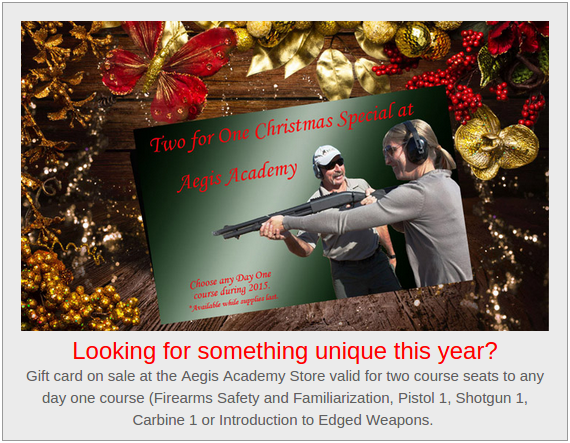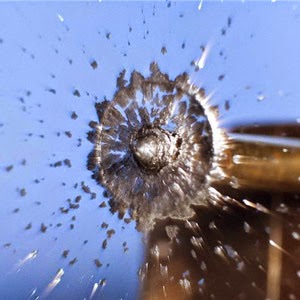Welcome back to the second and final installment in the Terminal Ballistics series, which will also complete the Ballistics Series. In
Terminal Ballistics I, we covered key terminology and highlighted the common goal of hunters, law enforcement, and home defenders… to incapacitate game animals or felonious assailants with as few shots as possible. We also covered the two methods that bring about incapacitation: a well aimed shot to the Central Nervous System (
Medulla Oblongata or the upper spinal cord) and severe blood loss. In this article, we will cover projectile characteristics, best practices, and conclude the series.
With a wide variety of options in caliber, construction, and velocity, which combination is best? That is certainly a loaded question… pun fully intended. Short of providing overwhelming destructive force, which does not serve the hunter very well and is not typically an option for the home defender, the problem lies in having many options to address an even wider variety of possible conditions. Within these options lie a number of trade-offs. I’ll explain below.
As we’ve covered in the previous article, the most reliable method to take-down a game animal or end a felonious assault is to place an incapacitating shot into the central nervous system. In order to do this, a projectile of any caliber must possess sufficient velocity to penetrate the skin (animal or human), pass through layers of muscle and tendon, and destroy or at least interrupt the vital organs. Although it is often dismissed as an effective cartride, even a small .22 caliber long rifle projectile can accomplish this desired effect. However, as we’ve discussed at length, the central nervous system represents a disproportionately small area of the body in which this incapacitating shot can be taken. All other shots rely on severe blood loss, skeletal immobility, and shock.
All other things being equal (velocity, projectile construction, mass, etc.), penetration is essential to reach vital areas. This is where it can get confusing and the trade-offs take place. Since most projectiles are constructed with a combination of dense cores covered by softer metal jackets, small caliber projectiles will have a greater sectional density and thus require less velocity to penetrate. Robert Rinker equates this to comparing the force required to thrust both a small pin and a construction nail through remarkably pliable flesh. With greater sectional density and smaller diameter, the pin will require less force (momentum) to overcome the tensile resistance of the skin.
OK… so small calibers penetrate more easily. However, if it does not hit the small zone in which rapid incapacitation can occur, the small caliber projectile at high velocity can penetrate and pass through (often called over-penetration), leaving only a small permanent wound cavity which fosters only moderate blood loss. This can result in a lost game animal or an assailant who can continue the attack.
A projectile that expands on impact is beneficial since it creates a permanent wound cavity larger than the original caliber while maintaining the momentum of its original weight. However, rapid expansion hinders penetration.
So, both the hunter and home defender need to start with the terminal ballistic effect desired and work backward to develop a solution in terms of projectile construction, velocity, and firearm type. Hunters know their game type and relative distances from which they will be taking the shot.
External Ballistics Part III introduced velocity measurements and how to calculate residual velocity at different ranges. Home defenders know that the majority of pistol shots will be taken at roughly 20-25 feet. My recent article on
Handgun Velocity demonstrated the effects of barrel length and temperature on velocities.
Armed with this knowledge in mind, here are some of the differentiating characteristics of projectile construction.
Read More >>
About Author - Howard Hall
Howard Hall
"Range Master at Aegis Academy" - has served for nearly 20 years in the Marine Corps. He has served as a Platoon Commander, Company Commander, Battalion Executive Officer, Regimental Operations Officer, and Battalion Commander. He has multiple combat tours to include serving as a military transition team member in Fallujah. He is an NRA Certified handgun instructor and holds numerous Marine Corps training credentials. An active competitor in action pistol (United States Practical Shooting Association), long range rifle (NRA F-Class), and shotgun (Amateur Trapshooting Association, National Skeet Shooting Association), Howard has earned numerous accolades and medaled during DoD competitions with the 1911 platform in bulls-eye shooting.







